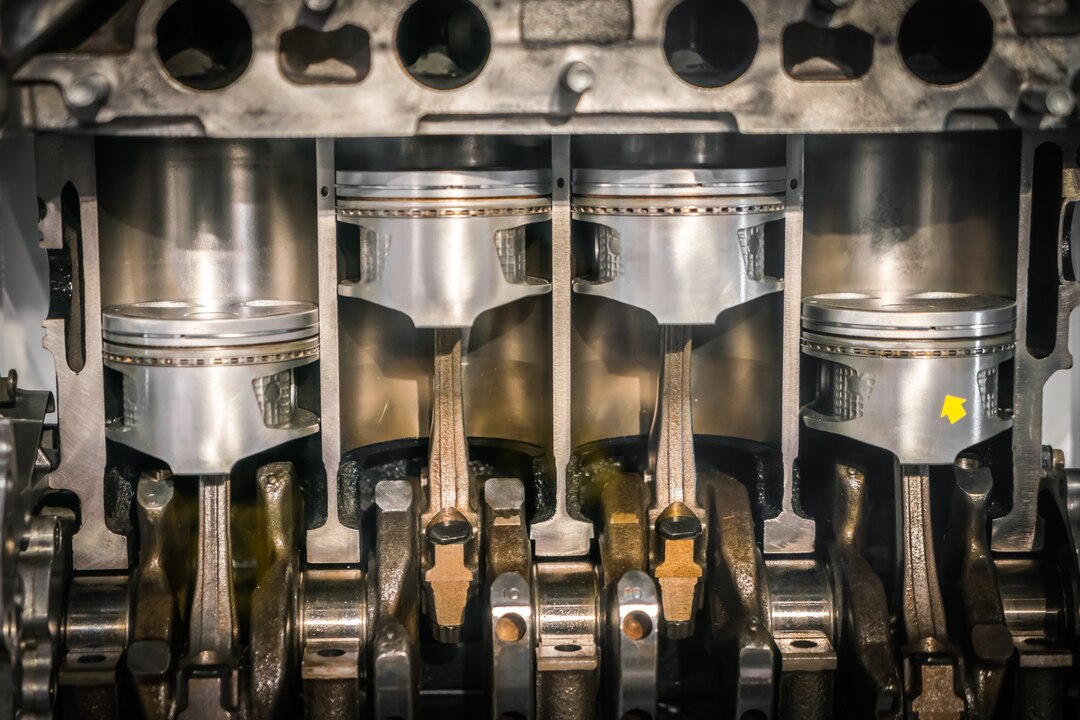The crankshaft is the heart of an internal combustion engine, responsible for converting the reciprocating motion of the pistons into rotational motion that drives the wheels of your car. As a vital component of your vehicle’s powertrain, understanding the different types of car crankshafts can provide valuable insights into engine design, performance, and maintenance. Let’s explore the various types of car crankshafts and their unique characteristics:
1. Cast Iron Crankshaft:
Cast iron crankshafts are among the most common types found in older and budget-friendly vehicles. They are typically manufactured using a casting process, resulting in a sturdy and durable crankshaft that can withstand high levels of stress. While cast iron crankshafts are robust, they are also heavier than other materials and may contribute to increased fuel consumption.
2. Forged Steel Crankshaft:
Forged steel crankshafts are renowned for their strength, durability, and resistance to fatigue. These crankshafts are manufactured by forging solid steel billets under high pressure, resulting in a dense and uniform grain structure that enhances strength and reliability. Forged steel crankshafts are commonly found in high-performance and racing engines due to their ability to withstand extreme conditions.
3. Billet Crankshaft:
Billet crankshafts are machined from a single piece of steel or aluminum alloy billet, making them incredibly strong and precise. Unlike cast or forged crankshafts, which are shaped using molds or forging dies, billet crankshafts are machined to exact specifications, allowing for customization and optimization of engine performance. Billet crankshafts are often used in custom-built or specialty engines where precise engineering is paramount.
4. Nitrided Crankshaft:
Nitriding is a surface-hardening process that involves diffusing nitrogen into the surface of the crankshaft, creating a hardened layer that improves wear resistance and fatigue strength. Nitrided crankshafts are commonly used in high-performance and racing engines to enhance durability and longevity under extreme operating conditions.
5. Crossplane Crankshaft:
Crossplane crankshafts feature a design where the crankpins are arranged at 90-degree intervals, creating a cross-shaped configuration. This design helps to evenly space the firing order of the engine cylinders, resulting in smoother operation and reduced vibration. Crossplane crankshafts are commonly found in V8 engines, where smoothness and torque delivery are priorities.
6. Flatplane Crankshaft:
Flatplane crankshafts have a design where the crankpins are arranged in the same plane, resulting in a flat or straight configuration. This design is common in high-revving engines, such as those found in sports cars and racing vehicles, as it allows for quicker acceleration and higher engine speeds. Flatplane crankshafts are often associated with V6 and V8 engines used in performance applications.
7. Counterweighted Crankshaft:
Counterweighted crankshafts feature additional weight strategically placed along the crankshaft to balance out the forces generated by the reciprocating motion of the pistons. This helps to reduce vibration and improve engine smoothness, particularly at higher speeds. Counterweighted crankshafts are commonly used in engines with multiple cylinders to ensure smooth operation and longevity.
Understanding the different types of car crankshafts and their characteristics can provide valuable insights into engine design, performance, and reliability. Whether you’re driving a budget-friendly commuter car or a high-performance sports car, the crankshaft plays a crucial role in the overall operation and efficiency of your vehicle’s engine. By choosing the right type of crankshaft for your specific application, you can optimize engine performance, durability, and longevity for years to come.











